|
|
Post by swetz on Mar 30, 2016 21:28:43 GMT -5
So I finally had a long weekend and got my stuff together enough to try to put together a bedding area with hinge cuts. It took quite a bit to get my chainsaw to start. I don't know if it was because I wasn't doing it right or if because the saw sat for quite a while. Anyway, I only cut for about an hour and a half. I started to get tired from hoisting the saw and pulling trees and figured I should see if any of the trees live and whether the deer seem to like it before getting too carried away. Here's some pictures, assuming I did the photobucket stuff right on my phone. 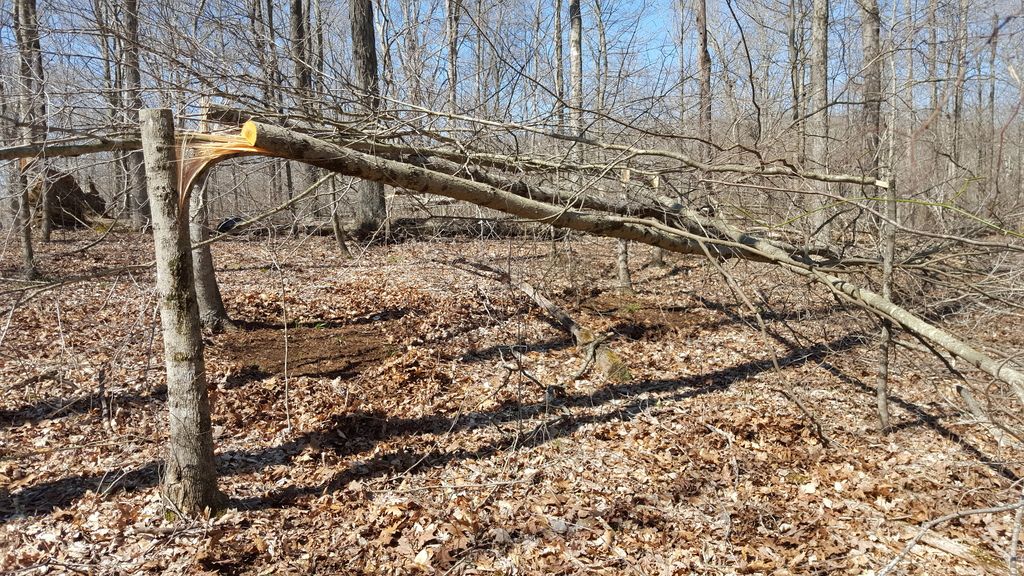 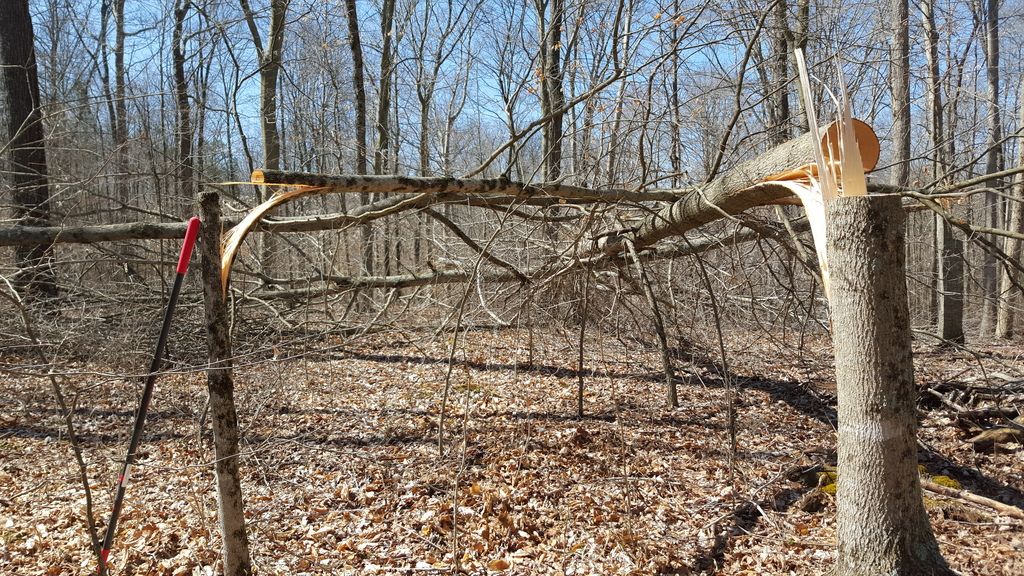 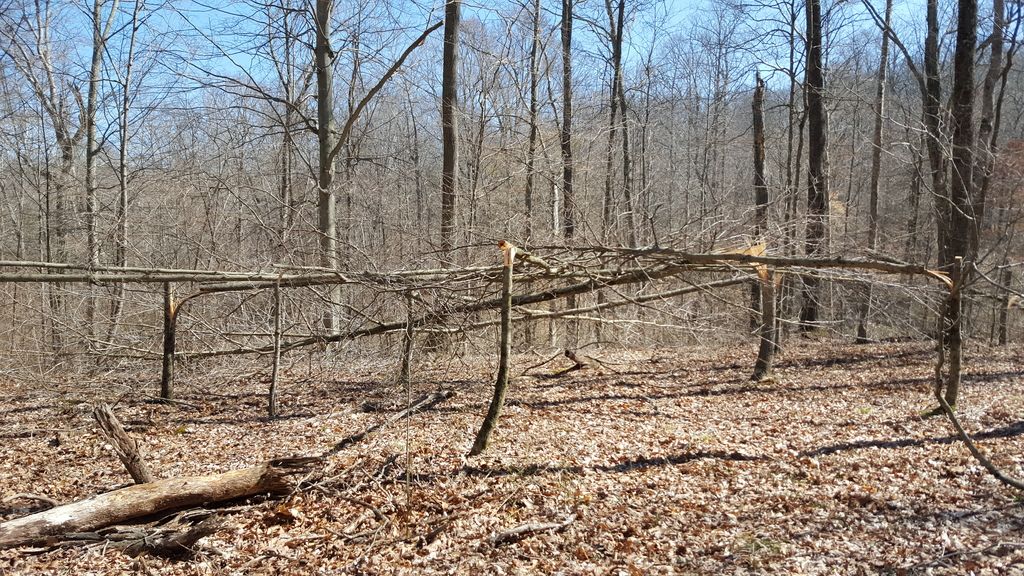 |
|
|
|
Post by nfalls116 on Mar 30, 2016 21:30:53 GMT -5
Don't know what it is supposed to look like but... I think it looks good!
|
|
|
|
Post by steiny on Mar 31, 2016 6:52:14 GMT -5
That will work. The sun will get in there, briars will get started, plus you'll get lots of little shoots off the hinge cut trees making things thick. Don't be bashful about doing a much larger area. I hinge the junk and leave the oaks and other mast producing and high value trees.
|
|
|
|
Post by HuntMeister on Mar 31, 2016 8:04:49 GMT -5
Looks like you did good on the cuts. In a couple of weeks, check the tips of the branches for evidence of browsing. Here is one I did in February, I took the photo a week later, you can see where the deer have been eating the tips. Just slightly out of focus but you can see where a deer has nipped the tip of a branch in the lower left corner. 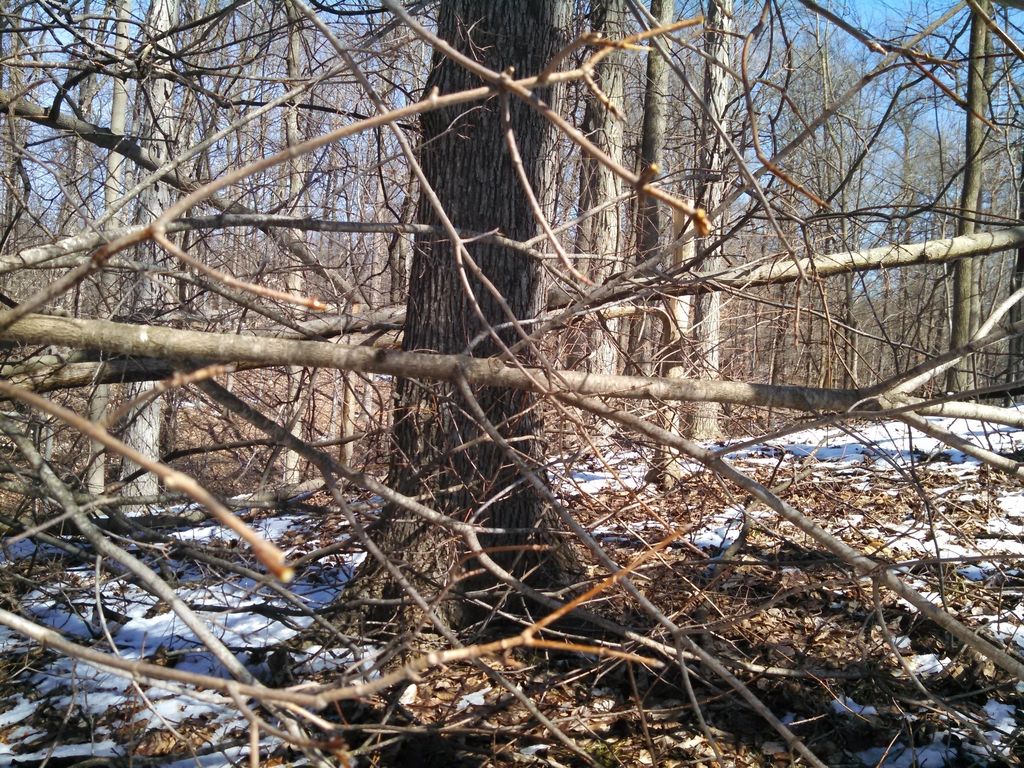 Here is a shot of the same spot, it is probably 150 yards away from the food plot which is in the far background of the photo. 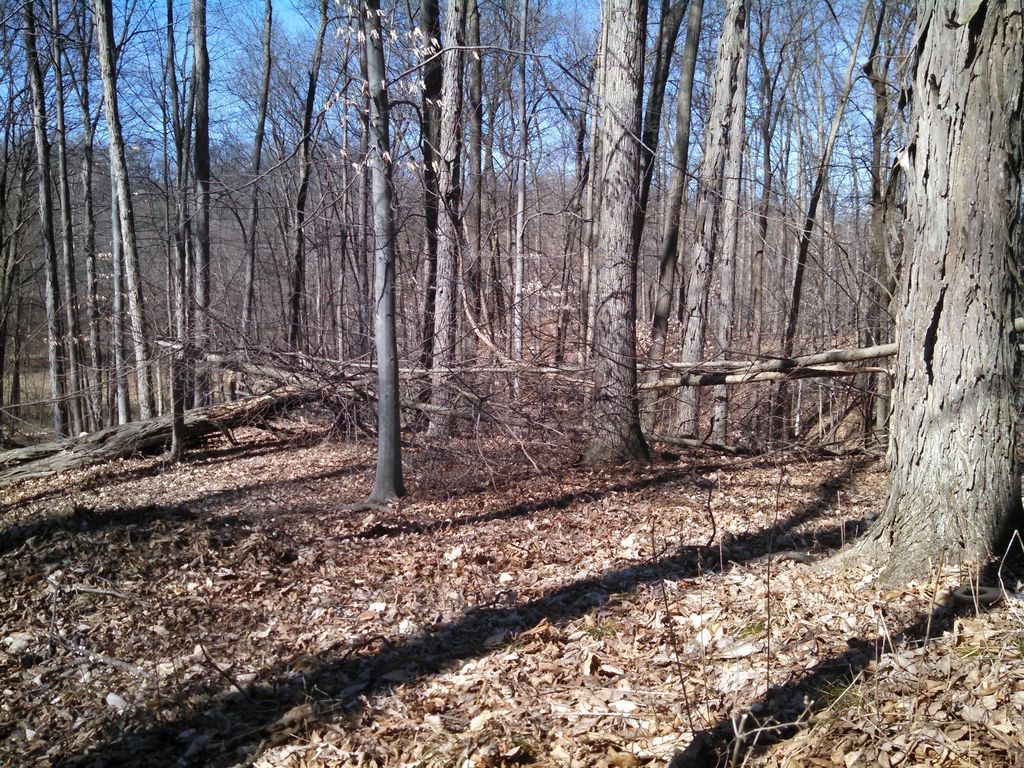 There are "habitat hooks" available to purchase to help with the hinge cutting effort. While they are nice and some telescope, I just could not justify the cost so I built my own habitat hook. I used a 10' stick of rigid 1/2" conduit. I cut it in two pieces just a few inches from the halfway point. I bent a hook in the longer half, drilled some holes in the hook and installed 8-32 screws to give the hook some teeth. I can screw the two pieces back together and have a nearly 10' long hook to grab the tree and pull it down if it doesn't want to come down by itself. I plan to weld a pointed spur on the outside of the hook so that if I need to I can push one over in lieu of pulling. This hook is a must have IMO, I was wearing myself out trying to get the trees to come down before. 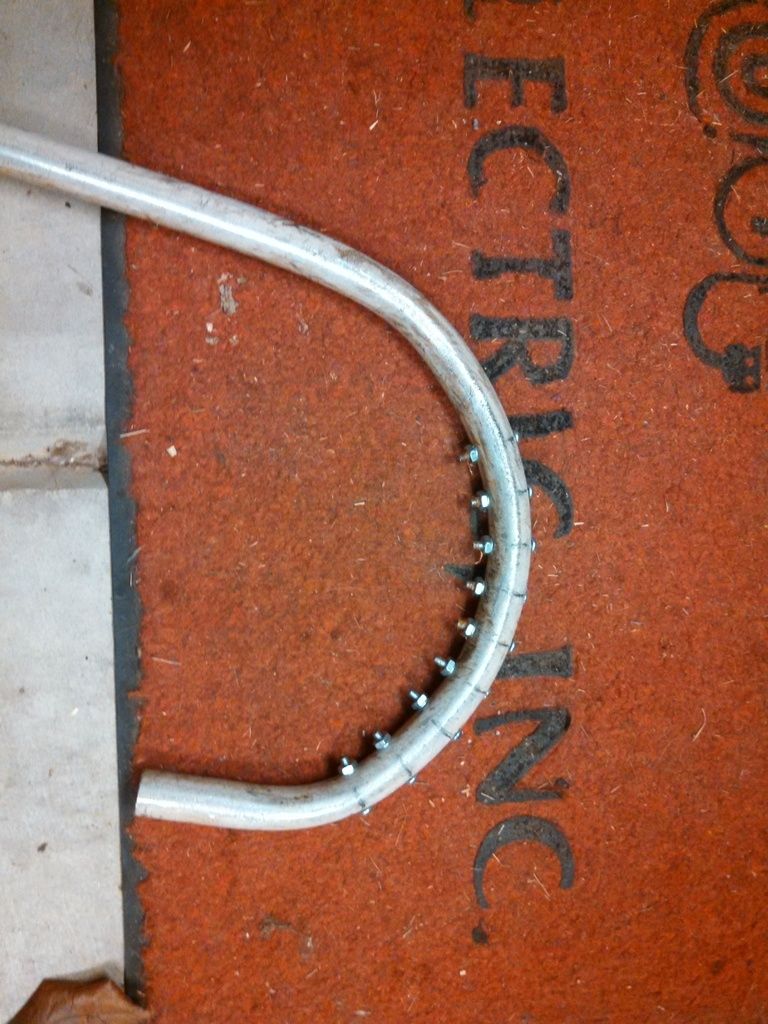 |
|
|
|
Post by swetz on Mar 31, 2016 11:35:44 GMT -5
Thanks for the feedback all.
Yeah, I actually got a habitat hook for Christmas last year and it helped a lot. I used wedges still on a larger tree, but a lot faster with the hook.
|
|
|
|
Post by tynimiller on Mar 31, 2016 13:06:55 GMT -5
Yup, hinging is a great, amazing and wonderful tool...just always keep in mind of goals being attempted. We've over hinge cut areas or done them too low which impeded use where we intended use/travel.
You'll become addicted to it, as it truly is a great tool to provide things deer covet: cover/brows.
|
|
|
|
Post by steiny on Apr 1, 2016 7:38:56 GMT -5
Hinging can be a real benefit to the small game too; rabbits, quail and pheasants. It provides overhead protection where the hawks and owls can't easily dive in there to get them.
|
|
|
|
Post by steiny on Apr 1, 2016 7:39:32 GMT -5
oops, double post
|
|
|
|
Post by tynimiller on Apr 1, 2016 8:49:46 GMT -5
Hinging can be a real benefit to the small game too; rabbits, quail and pheasants. It provides overhead protection where the hawks and owls can't easily dive in there to get them. Oh yeah, one thing some clients do that like rabbit hunting is hinge a circle of trees all inward together forming a clump circle of hinged tree tops for cover for the little critters...this does impact the deer too though because that pocket of no more canopy will allow sun down and cause more brows growth. |
|